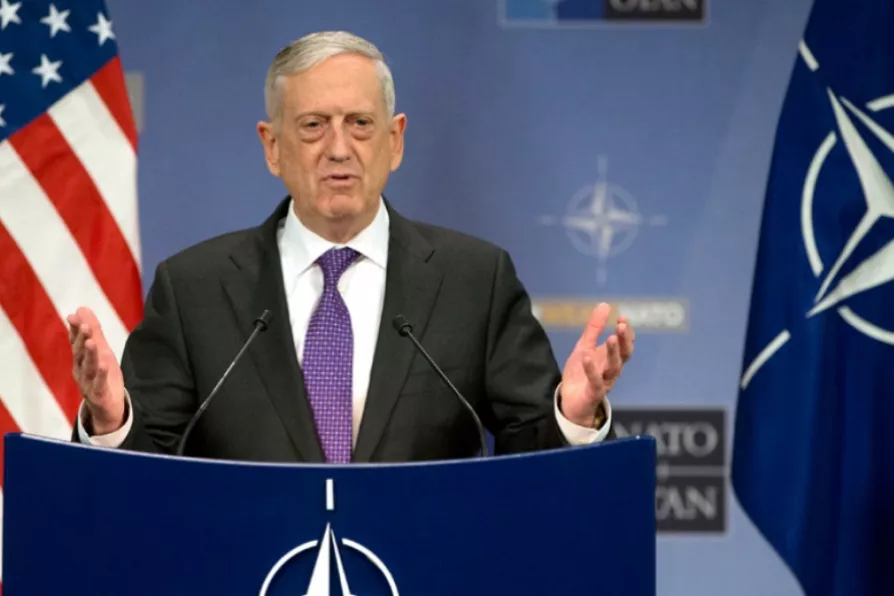MARIA DUARTE reviews Desperate Journey, Blue Moon, Pillion, and Wake Up Dead Man: A Knives Out Mystery
The real threat to peace in Asia
CARLOS MARTINEZ recommends TJ Coles's book on the global dangers posed by US sabre-rattling in the region

 US Defence Secretary Jim Mattis
US Defence Secretary Jim Mattis
Fire and Fury: How the US Isolates North Korea, Encircles China and Risks Nuclear War in Asia
by TJ Coles
(Clairview Books, £10.99)
THIS short book by British academic TJ Coles will perhaps not receive as much attention as another recently released work on Donald Trump that shares its name. It is, nonetheless, an important and insightful book, providing as it does an alternative viewpoint on the escalating crisis over Korea and in promoting an urgent message of peace.
Coles's primary aim is to dismantle the idea that the Democratic People’s Republic of Korea (DPRK) is a serious danger to regional and global stability and that it is an aggressive nuclear state that deserves to be “met with fire and fury like the world has never seen,” as threatened by the US president.
Similar stories

Ben Cowles speaks with IAN ‘TREE’ ROBINSON and ANDY DAVIES, two of the string pullers behind the Manchester Punk Festival, ahead of its 10th year show later this month

The Morning Star sorts the good eggs from the rotten scoundrels of the year

TOMASZ PIERSCIONEK relishes a collection of cartoons that focus on Palestine from the period 1917 to 1948

Two new releases from Burkina Faso and Niger, one from French-based Afro Latin The Bongo Hop, and rare Mexican bootlegs










